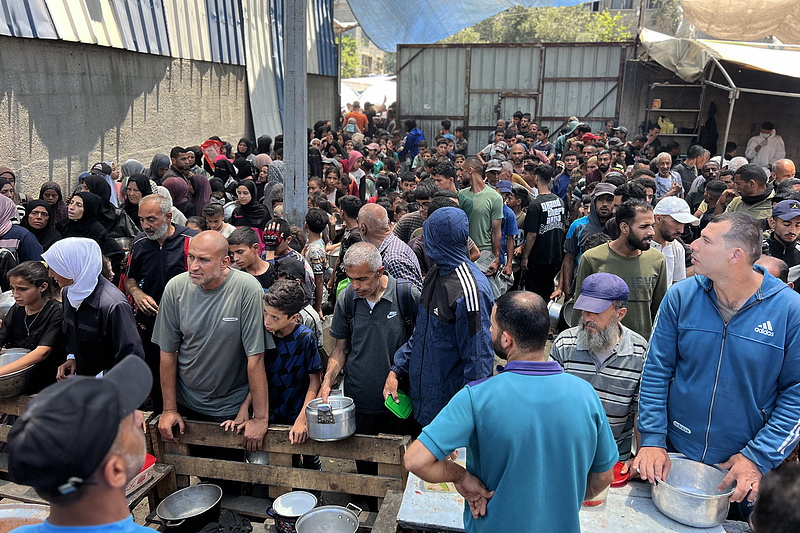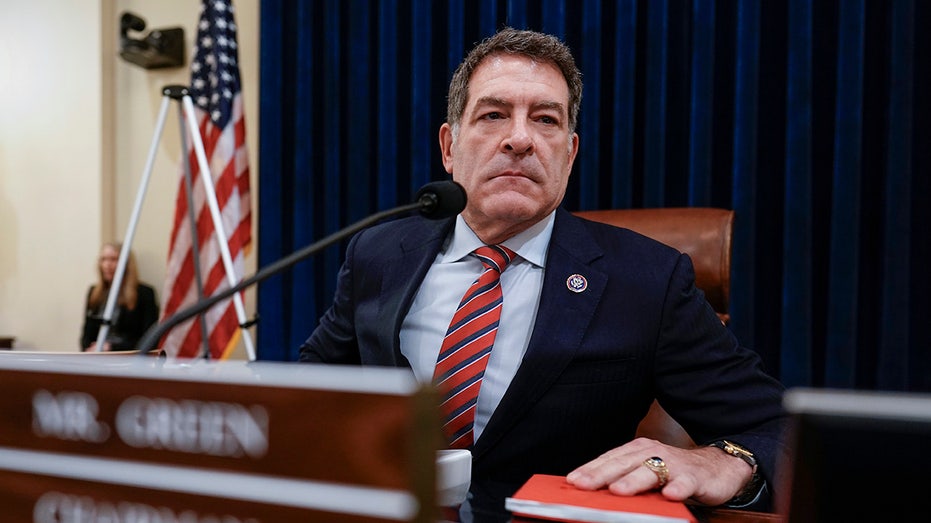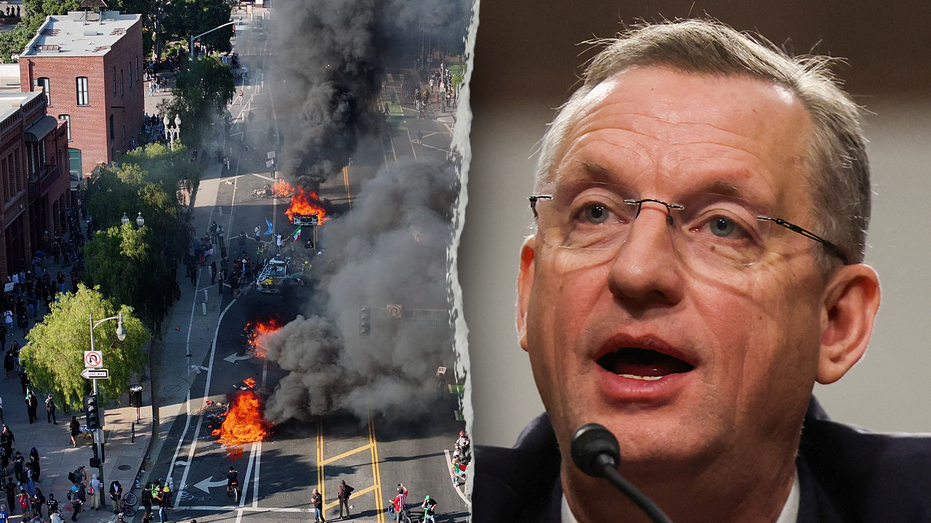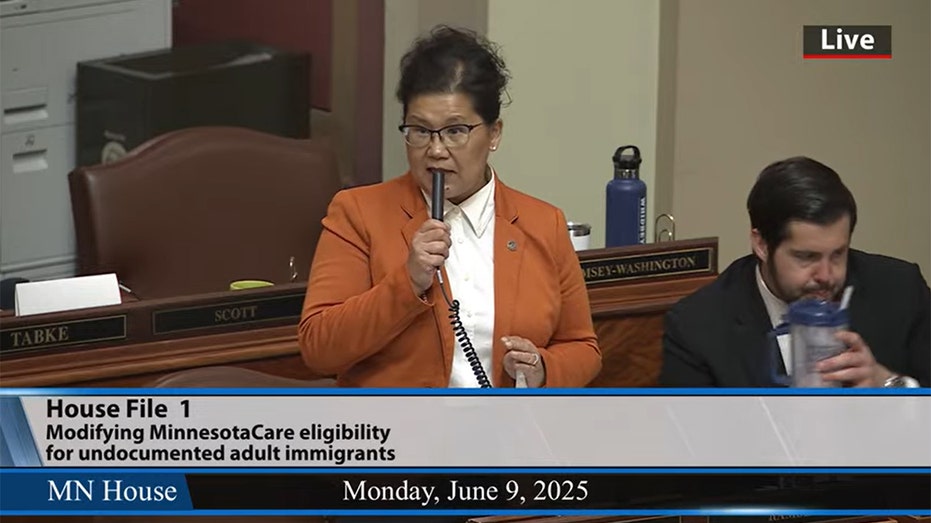UN Reports Rising Casualties in Gaza Amid Ongoing Violence, Including Attacks on Aid Distribution Centers
Mass casualties across Gaza as hostilities target civilians gathering for food aid at new military sites, says UN OCHA.


Intensifying conflict throughout Gaza has led to a surge in civilian casualties, with alarming reports of attacks on gatherings at newly designated humanitarian aid distribution points. According to statements from the United Nations Office for the Coordination of Humanitarian Affairs (OCHA), the crisis is deepening rapidly, and daily conditions for Palestinians are becoming increasingly dire.
OCHA partners have documented a growing number of fatalities and severe injuries among people seeking food and essential supplies near militarized aid centers in Rafah and Deir al-Balah. “I am appalled by the reports of Palestinians killed and injured while seeking aid in Gaza yesterday,” said UN Secretary-General Antonio Guterres, condemning the violence and urging that no one should have to risk their life simply to obtain food.
In a particularly deadly incident on Sunday, at least 31 people lost their lives and many others sustained serious injuries after Israeli forces reportedly opened fire near an aid distribution site in southern Gaza’s Rafah area. The victims had gathered in hopes of securing vital assistance amid ongoing blockades and shortages. Israel has denied any involvement in the attack, but the incident has prompted an urgent call for an immediate, independent investigation and for accountability measures to be enforced.
Emphasizing the legal obligations of all parties, Guterres underlined that Israel must facilitate unimpeded entry of humanitarian aid at scale and permit humanitarian actors, including the United Nations, to operate safely and effectively. He called for the restoration of aid delivery to meet the “enormous needs” of Gaza’s population and demanded respect for international humanitarian principles.
The challenges facing healthcare in Gaza have also intensified. OCHA reported a strike on the Noura Al Kaabi Center for Dialysis in North Gaza, a blow to a health sector already teetering on collapse. Since October 2023, more than 40 percent of Gaza’s dialysis patients have died, largely because medical centers have been hit or rendered inaccessible due to ongoing hostilities.
Continuing violence has forced multiple waves of mass displacement. Over the weekend, a new order from Israeli authorities affected approximately 100,000 people across more than 200 displacement sites in Khan Younis and Deir al-Balah areas. Among those uprooted were families dependent on nearby hospitals and primary care facilities, with two main healthcare centers and five medical points situated inside the evacuation zones.
OCHA estimates indicate that since the failure of a ceasefire in mid-March, more than 640,000 people—almost one-third of Gaza’s population—have been displaced anew. The humanitarian impact on children is especially grave; the latest displacement orders led to the closure of numerous makeshift classrooms and public schools, disrupting education for at least 8,000 students. OCHA described these closures as a “severe setback” for Gaza’s educational system and children’s safety.
Despite facing immense logistical obstacles and access restrictions, humanitarian organizations continue to provide critical nutritional assistance wherever feasible. Last week, around 40,000 children received supplements, although agencies warn that supplies are running dangerously low. With the aid situation deteriorating and food distributions lacking in both frequency and coverage, looting incidents have become more frequent. These often involve desperate civilians taking flour from open trucks—a direct result of hunger and deprivation. There have also been reports of more organized looting acts, exacerbating the chaos surrounding aid efforts.

Calls for the lifting of restrictions on essential goods entering Gaza have grown more urgent. Water shortages remain acute, with a major pipeline in Deir al-Balah still non-operational. Humanitarian workers’ repeated requests to repair critical infrastructure have been denied. In Jabaliya, for example, recent attempts to deliver potable water to displacement camps were blocked, leaving thousands without safe drinking water.
Aid deliveries from the Kerem Shalom border crossing have resumed sporadically but remain unpredictable due to closures and restrictions. Over the past weekend, more than 100 truckloads of food and medical supplies made it through to Gaza, adding to the over 300 delivered since the crossing’s limited reopening. However, even when the border is technically open, stringent restrictions on what can be imported drastically curtail the volume and variety of aid available, leaving Gaza’s needs far from being met.
As the humanitarian crisis accelerates, United Nations officials stress the critical need for continuous, large-scale aid flows and the creation of secure conditions for relief workers, reiterating that the situation in Gaza remains untenable without immediate and sustained humanitarian interventions.




